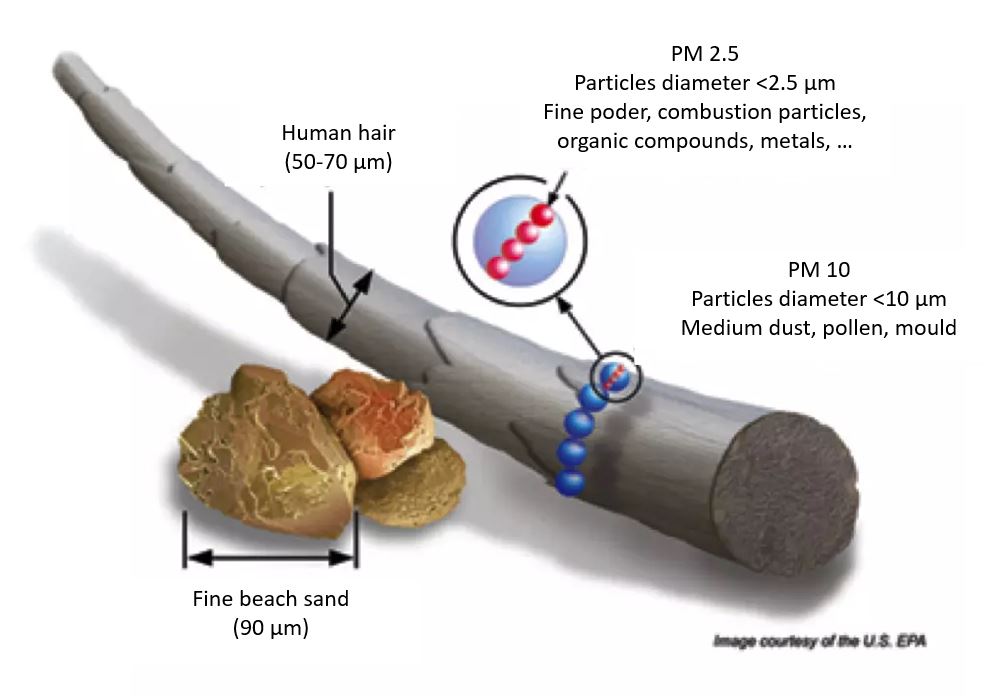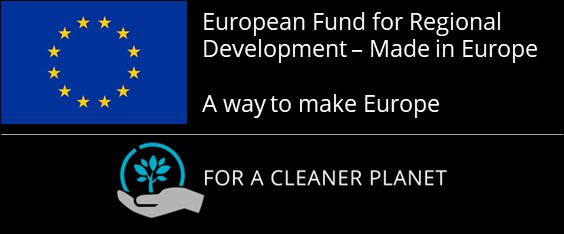How is the dust generated by aggregate exploitations?

In mining operations, and especially in aggregate operations, dust is generated during operations from extraction to transport, processing and dispatch of materials.
Controlling this dust is a legal obligation for safety and environmental reasons and also brings benefits for the operations. The most important benefit is the reduction of the risk of respiratory diseases for the workers, but it also reduces the impact on the environment, increases the lifetime of installations and work equipment and contributes to improving the company’s image in the community.
The need to control dust emissions are regulated by Directive 2008/50/EC sets a limit value of 40μg/m3 as an annual average for particles with a diameter less than or equal to 10μm and in addition the daily limit value of 50μg/m3 may not be exceeded more than 35 times a year for particles of that size. But what size is that and how can it affect?
A micron (μ) is one thousandth of a millimetre or one millionth of a metre.
Particles of 10μm form what is called “medium dust”. These are particles that are not visible to the naked eye (although their accumulation is visible to the naked eye) and their danger is that they can reach the lung alveoli.
When they are less than 7μm in size, they are called “fine dust” and are even more difficult to detect and more dangerous as they remain in suspension for longer.
With a size larger than 10μm it is called “coarse dust” and the particles are detectable by sight. Due to their greater weight and size, they settle faster and present less of a health risk, as they are retained to a greater extent by the cilia and mucous membrane.

